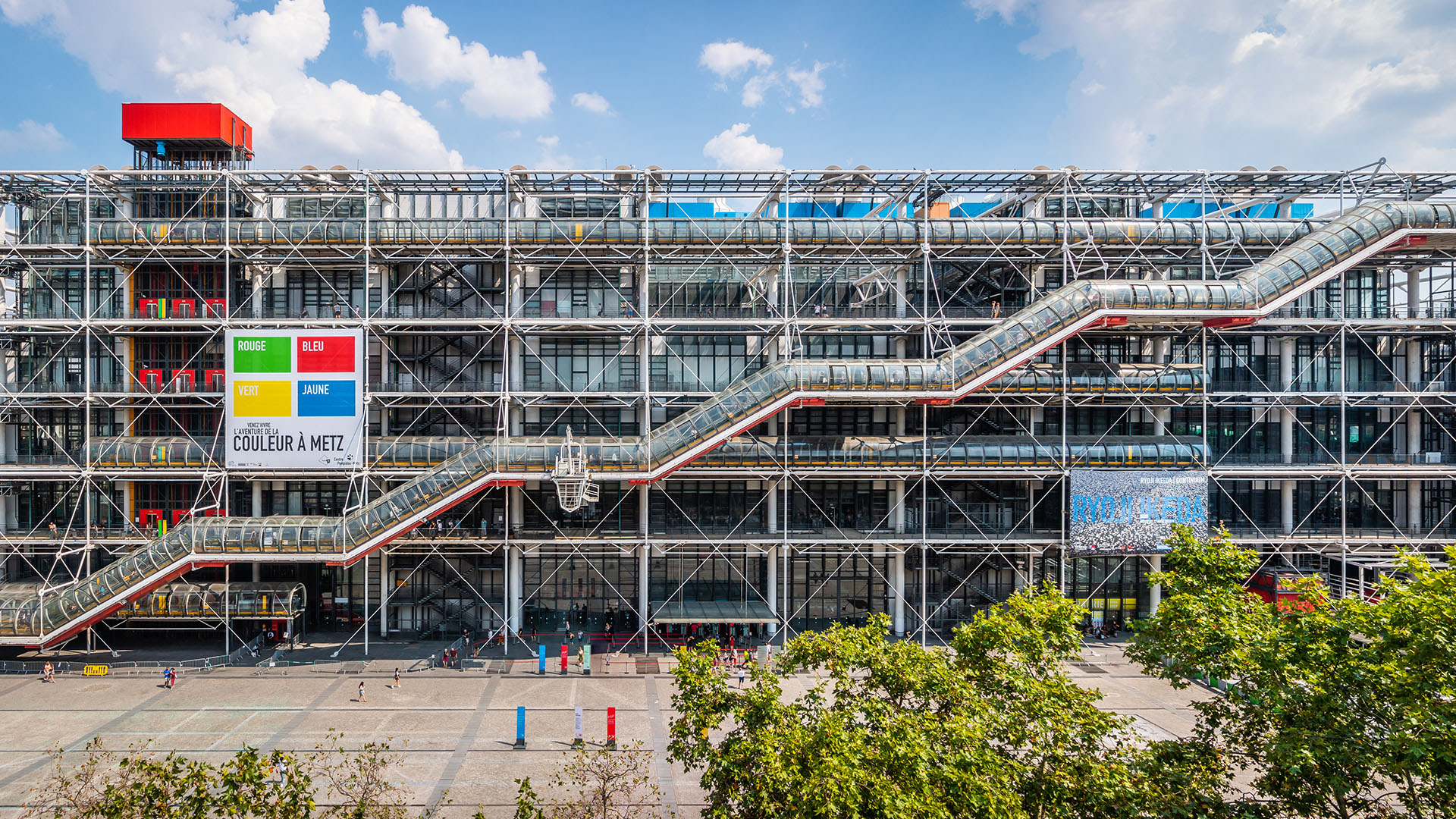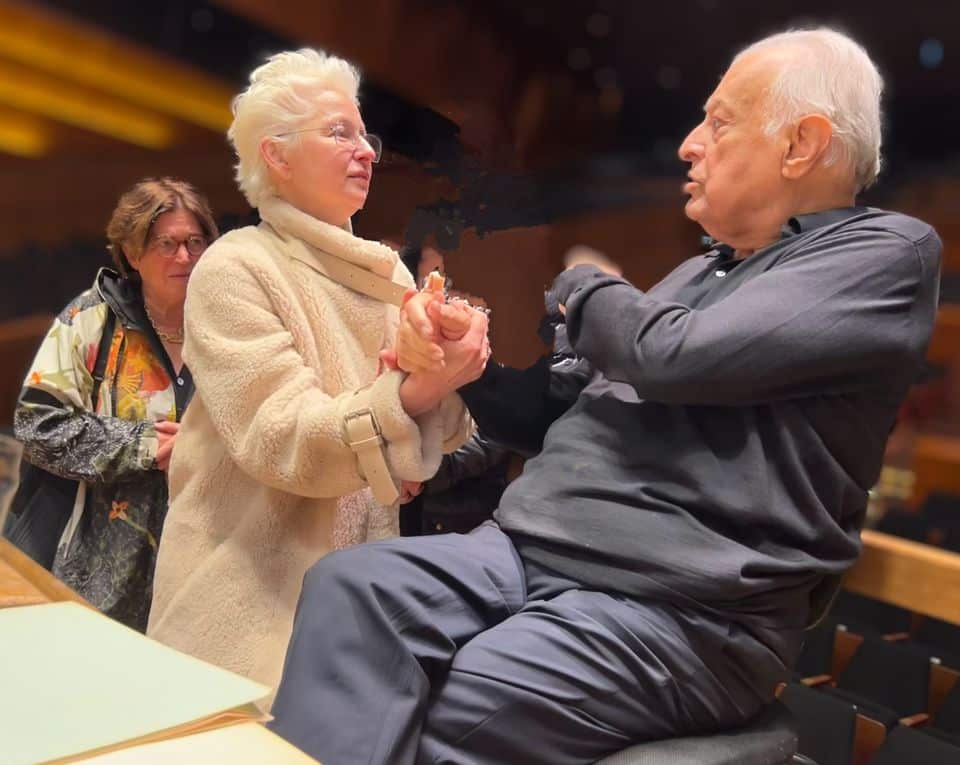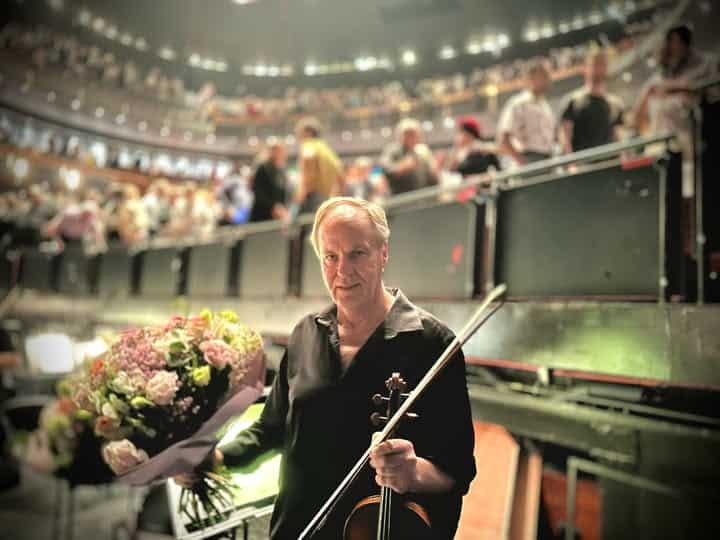Pompidou Centre will shut but 160 IRCAM staff are safe
NewsThe hypermodern Pompidou Centre in Paris will be closed from 2025 for at least five years of refurbishment.
But musicians can sleep soundly in their berths.
We learn today that the Institut de recherche et coordination acoustique/musique founded by Pierre Boulez and attached to the Centre will remain open throughout the period, protecting no fewer than 160 jobs of artists, administrators and accolytes – the three As of post-modern music.






Comments